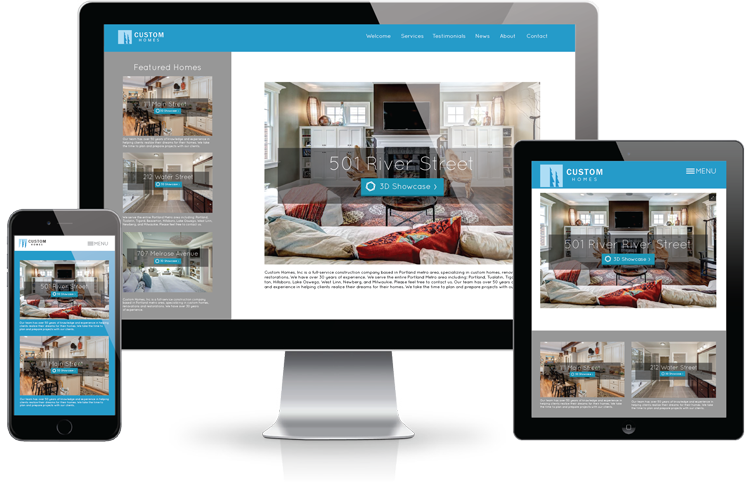Types of Virtual Tours & Why Create Them
Types of Virtual Tours & Reasons to Create Them
Virtual tours are becoming increasingly popular as a way to explore locations and experiences from the comfort of our homes. They offer a unique and immersive way to showcase spaces and engage with an audience. Here are some types of virtual tours and the reasons why you should consider creating them:
- Real Estate Virtual Tours: Real estate virtual tours allow potential buyers or renters to explore properties online. These tours provide a 360-degree view of the space, allowing viewers to virtually walk through rooms, examine details, and get a feel for the layout and ambiance. Real estate virtual tours save time and effort for both the buyer and the seller, as they can narrow down their choices before physically visiting the property.
- Travel and Tourism Virtual Tours: Travel and tourism virtual tours enable people to explore destinations, landmarks, and attractions virtually. These tours can showcase popular tourist spots, historical sites, museums, natural wonders, and more. Travel and tourism virtual tours can inspire and engage potential travelers, giving them a taste of what they can expect before planning a trip. They also serve as a valuable marketing tool for destinations and travel agencies.
- Educational Virtual Tours: Educational virtual tours are used by schools, colleges, and universities to provide students with immersive learning experiences. These tours can take students on virtual field trips to historical sites, museums, scientific laboratories, and other educational locations. Educational virtual tours make learning more interactive and accessible, as students can explore places that may be difficult or expensive to visit in person.
- Cultural and Heritage Virtual Tours: Cultural and heritage virtual tours allow users to explore and learn about different cultures, traditions, and historical landmarks. These tours can showcase museums, art galleries, archaeological sites, monuments, and more. Cultural and heritage virtual tours help preserve and promote cultural heritage, making it accessible to a global audience. They also provide an opportunity for immersive storytelling and education.
- Event and Conference Virtual Tours: Event and conference virtual tours offer a virtual alternative to physical gatherings. These tours can recreate the ambiance and experience of attending an event or conference, providing virtual booths, networking opportunities, and interactive sessions. Event and conference virtual tours eliminate geographical barriers, allowing participants from around the world to attend without the need for travel. They also provide a cost-effective solution for event organizers.
- Business Virtual Tours: Business virtual tours are used to showcase commercial spaces, such as hotels, restaurants, retail stores, and offices. These tours allow potential customers to explore the premises and get a sense of the ambiance and offerings. Business virtual tours can enhance marketing efforts, build trust with customers, and increase engagement. They provide a competitive edge by offering an immersive experience that sets a business apart from its competitors.
There are numerous benefits to creating virtual tours. They can reach a wider audience, increase engagement, save time and resources, enhance marketing efforts, provide immersive experiences, and offer accessibility to diverse locations and experiences. Whether you are in the real estate industry, travel and tourism, education, culture, events, or business, virtual tours can be a valuable asset in showcasing and promoting your offerings.
